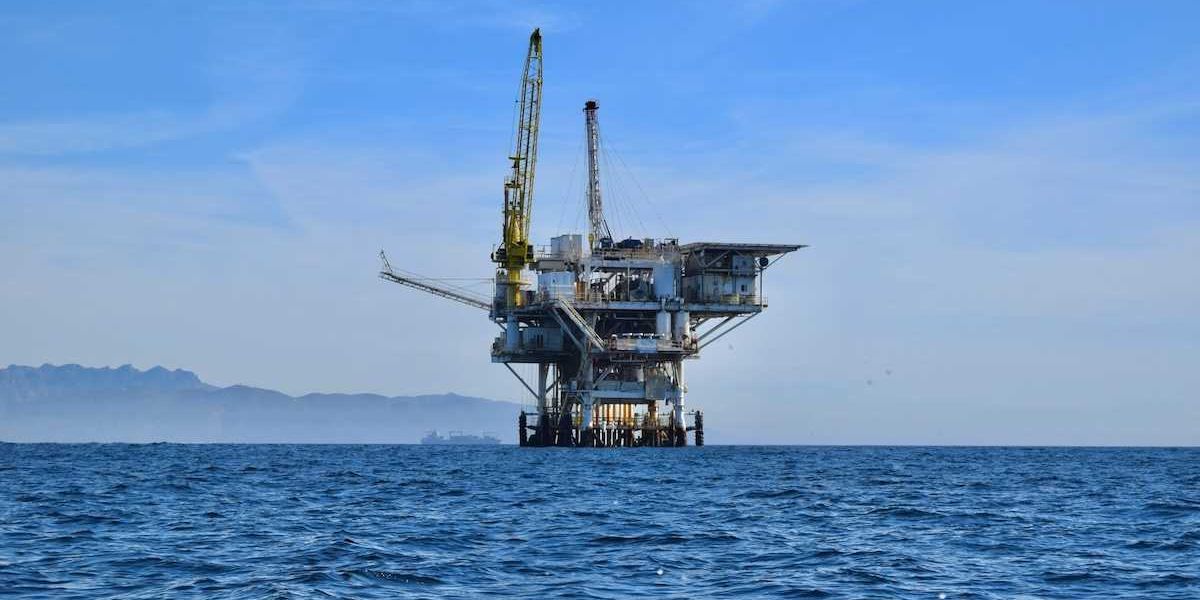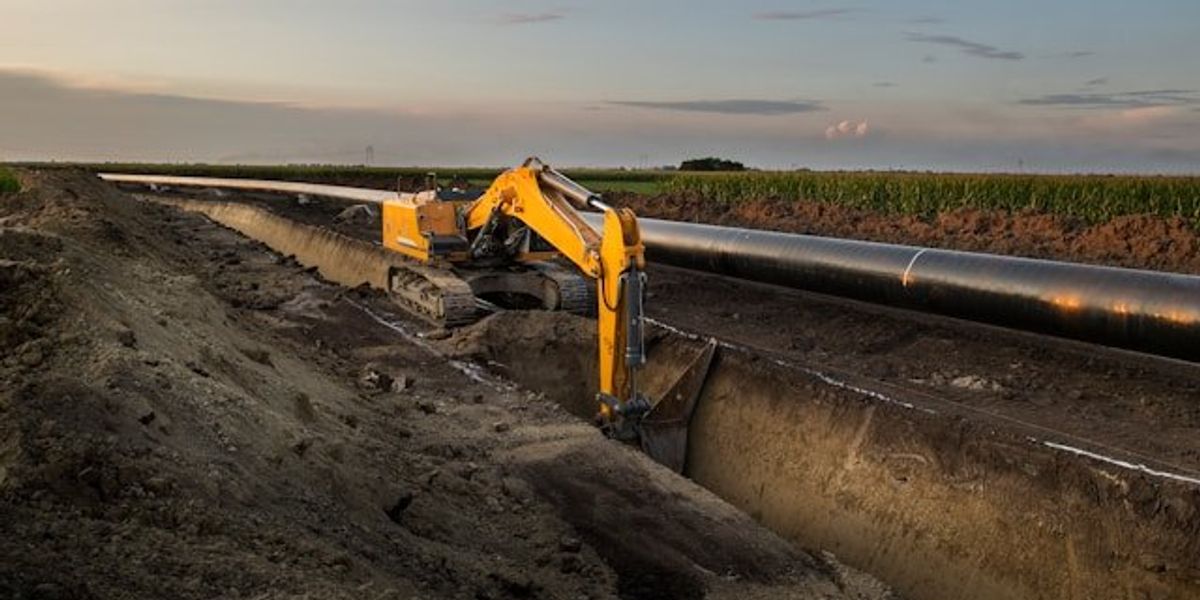Animals can tell us what pollution is left behind
Preserved birds, fish, and coral are helping scientists reconstruct decades of toxic pollution, filling in environmental data gaps and pointing to hidden health risks today.
Kiley Price reports for Inside Climate News.
In short:
- Researchers are turning to natural history museum specimens to track historical pollution, revealing how chemicals like lead and mercury have saturated both wildlife and human communities.
- A study found that house sparrows living near lead-mining towns in Australia had blood-lead levels that closely mirrored those of children living in the same areas.
- Coral skeletons from Spain’s Mediterranean coast captured fossil fuel pollution spikes from 1969 to 1992, helping pinpoint when human impact on the planet sharply accelerated.
Key quote:
“These specimens that exist in collections around the world have incidentally captured environmental samples from places and times that we can never return to, so we can use them to backfill the environmental record.”
— Shane DuBay, biologist at the University of Texas at Arlington and lead author on the study
Why this matters:
Archives of animal tissue are doing something our governments and industries often fail to do: preserving the evidence. Coral skeletons, like geological black boxes, are chronicling decades of fossil fuel pollution, pinpointing with grim precision when humanity hit the gas on planetary damage. In a world still battling with mercury, PFAS, and microplastics, the past isn’t past. It’s embedded in flesh and bone.
Read more: Why is the chemical industry pitting public health against economic growth?













